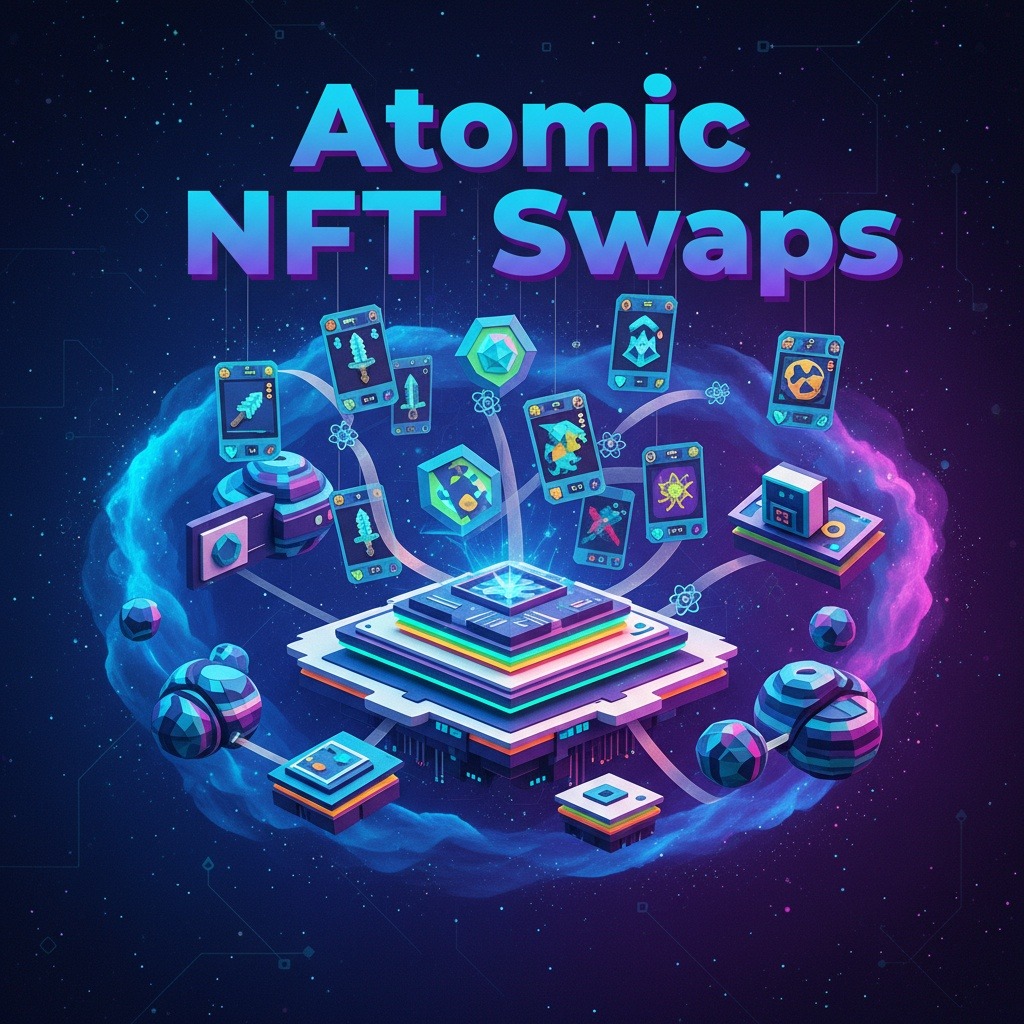The XRP Ledger community is abuzz with anticipation as the proposed Batch amendment (XLS-56) nears activation. This innovative upgrade introduces atomic transaction capabilities, allowing multiple XRP Ledger operations to be grouped and executed simultaneously, enhancing the blockchain’s functionality for decentralized applications, particularly non-fungible token (NFT) marketplaces.
Vet, a pseudonymous XRP validator, recently shared insights from testing the Batch amendment on the XRP dev net. The tests demonstrated the ability to bundle various transactions—such as NFT minting and payments—into a single, automated batch. According to Vet, this capability paves the way for a fully peer-to-peer NFT-to-NFT trading system, where users can swap NFTs directly within a single atomic transaction.
For example, users could execute a trade exchanging five NFTs for two NFTs from another party. The batch feature guarantees that either the entire swap completes successfully or none of it does, preserving atomicity and preventing partial execution risks. This ensures secure, simultaneous exchanges without the traditional vulnerabilities of off-chain escrow or multi-transaction processes.
In a recent message on X (formerly Twitter), Vet also proposed integrating a game-inspired interface for this NFT barter system, drawing parallels to classic games like RuneScape. Such a user experience could make NFT trading more accessible and engaging for a broader range of users.
At present, the Batch amendment has secured approximately 68.57% consensus among XRP Ledger validators, steadily approaching the 80% threshold required for full network activation. Once enabled, it will expand the XRP Ledger’s versatility beyond its established strengths in cross-border payments, supporting more complex DeFi and NFT interactions.
The essence of the Batch amendment lies in its atomic transaction design. Borrowing from principles in computer science and database management, atomicity treats a set of operations as a single indivisible unit, executed fully or not at all. This “all or nothing” approach eliminates the risk of incomplete transaction sequences that could compromise data integrity or user assets.
Teucrium, a prominent XRP developer, explained in a Substack post that the amendment allows up to eight transactions to be combined and ordered within one batched operation. Importantly, it introduces four distinct execution modes to accommodate various developer needs: ALLORNOTHING, ONLYONE, UNTILFAILURE, and INDEPENDENT.
Each mode offers different behaviors for handling multiple transactions: ALLORNOTHING mandates complete success or full rollback of all operations, ONLYONE executes only a single transaction, UNTILFAILURE processes transactions sequentially until one fails, and INDEPENDENT treats each transaction separately regardless of others’ outcomes. This flexibility enables tailored handling of complex workflows across decentralized applications.
The Batch amendment enhances the XRP Ledger’s potential to serve as a robust infrastructure for next-generation NFT platforms, enabling sophisticated peer-to-peer trading mechanics with guaranteed transactional security. Its progress reflects ongoing efforts within the XRP ecosystem to drive innovation, improve user experience, and expand use cases beyond payments.
As the amendment moves closer to network-wide activation, developers and users alike are closely monitoring the impact of batched, atomic transactions on the broader decentralized finance and NFT landscape.


